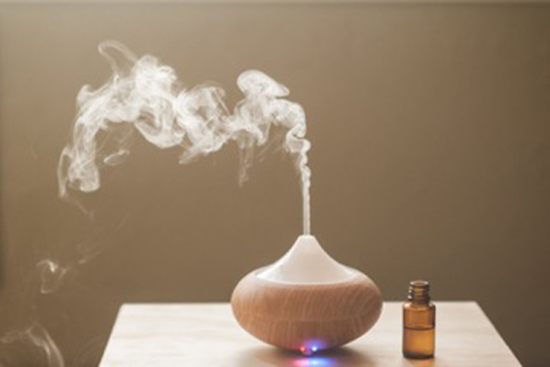Essential Oils
Essential oils, known as nature’s living energy, are the natural, aromatic and volatile liquids found in various parts of plants, flowers, herbs, fruits, woods and spices. They are extracted from aromatic plant sources via various processes of distillation, and are highly concentrated and far more potent than dry herbs. In addition to giving plants their distinctive smells, essential oils also assist the plant in healing, providing protection and help with plant pollination. Essential oils have been used for thousands of years. They were mankind’s first medicine and played a prominent role in everyday life. Today, essential oils are used for aromatherapy, aromatic massage, emotional health, personal care, creating a toxin-free home and so much more.
Essential oils have the power to go where they are needed within the body. They have quick healing properties, help to rebalance your system, and help to reinforce the immune system. Essential oils have the ability to penetrate the skin and enter the bloodstream. They can take anywhere for 20 to 70 minutes or longer to be absorbed. Once they penetrate the skin, they can reach tiny blood capillaries and lymph, after which they are transported around the body by the circulatory system. When we inhale essential oils, they are transported through our nasal cavity to the olfactory epithelium at the inner nasal cavity, level with the bridge of our nose. The tiny hairs, which are endings of olfactory nerves, translate odour into nerve messages. These nerves messages travel to the limbic system in our brains, which is the centre of all emotional behaviour. This is why smells affect us so profoundly; they are strongly connected to emotions and our memories.


 Using essential oils aromatically is the safest way to utilize essential oils. This method provides direct access to the
Using essential oils aromatically is the safest way to utilize essential oils. This method provides direct access to the 